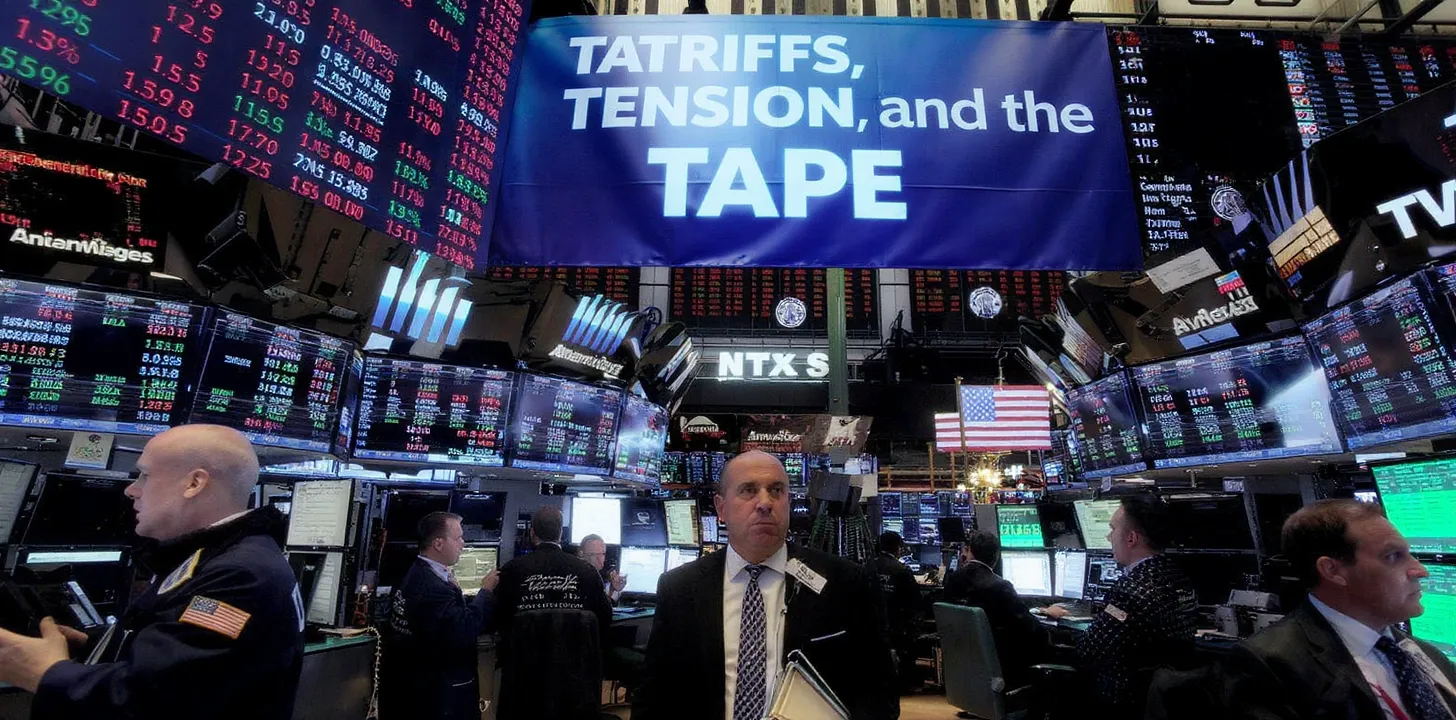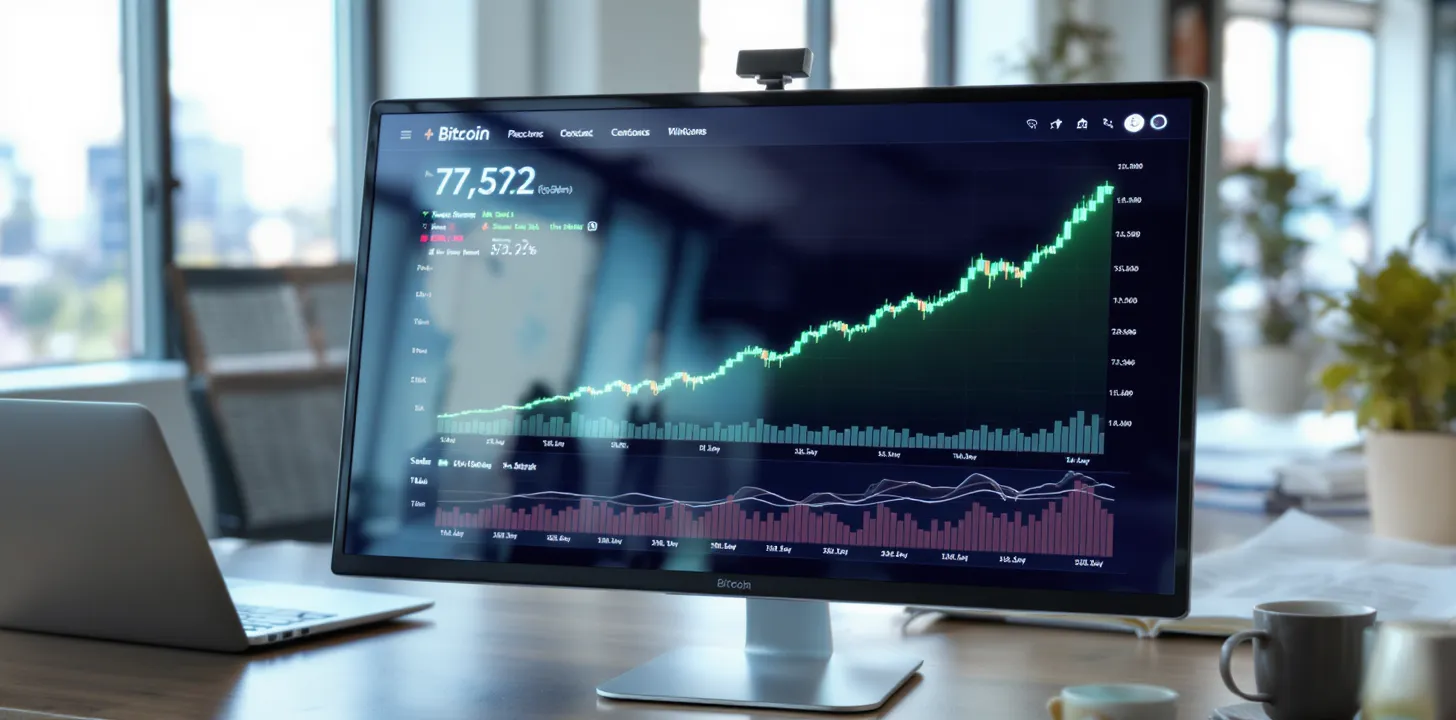The Compute Gold Rush: Hardware and Geopolitics Drive AI-Equity Performance in May 2025
1. Why May 2025 Feels Like the Month for Silicon
Investors who piled into AI names last year are discovering that, in 2025, the scarce commodity is no longer data but compute. Every revenue call, from cloud hyperscalers to start-ups, features the same refrain: “we’re sold out of GPUs.” As a result, supply-chain bottlenecks, export-control manoeuvres, and foundry capacity allocations—not flashy chatbots—are dictating month-to-month stock moves. Hardware economics has re-emerged as the primary valuation driver for the sector.
2. Nvidia & the Blackwell Upgrade Cycle
Nvidia still sits at the centre of gravity for AI equities. The first commercial shipments of the Blackwell architecture began in Q4 FY-25, generating an estimated $11 billion of revenue and accounting for roughly half of the company’s data-centre sales. Management guidance implies a step-function jump when the full systems ramp later this quarter, and several analysts see an additional catalyst at the 28 May developer event.
3. A Scramble for Silicon: Cloud GPU Scarcity
Azure COO Scott Guthrie admitted on the May earnings call that Microsoft remains supply-constrained on high-end AI GPUs despite cap-ex growing 33% y/y. The knock-on effect is visible in corporate budgets—start-ups are pre-paying for compute reservations, and data-centre leases are running at double-digit yields as landlords exploit the shortage. The physical limit of power and cooling capacity is now a hard ceiling on model training ambitions.
4. Challenger Accelerators and the Battle for Share
AMD’s MI-300 and Intel’s Gaudi-3 accelerators were supposed to loosen Nvidia’s grip, yet wafer-allocation constraints at TSMC have slowed volume. Analysts note TSMC’s advanced-packaging lines are fully booked into 2H 2025, preventing AMD from translating design wins into immediate revenue. Samsung, meanwhile, is fighting to regain foundry share with a 2 nm node and an in-house AI accelerator, but yields remain behind schedule.
5. Export Controls 2.0: Designing Around the Red-Lines
Washington’s October 2024 export-control update banned Nvidia’s H-20 to China. In response, the company is creating a compliant “Blackwell-C” and a lower-bandwidth Hopper variant for Tencent and Alibaba, hoping to salvage billions in data-centre backlog while staying within U.S. rules. This cat-and-mouse dynamic is training investors to model policy risk directly into revenue scenarios—a discipline once reserved for defence stocks.
6. Foundry Wars and the Cost of Capacity
Behind every AI headline lies the geopolitical chessboard of wafer fabrication. Intel’s Foundry 2.0 strategy has won early AI accelerator tape-outs from Microsoft, but meaningful 18A volume will not appear until 2026. Until then, TSMC’s dominance and Samsung’s catch-up drive a seller’s market for advanced-node slots, buttressing foundry margins and forcing chip designers to accept take-or-pay terms. Investors are increasingly treating TSMC as an AI bellwether in its own right.
7. Valuation Discipline Returns
The early-2024 euphoria priced semis at 18–20× forward sales. By May 2025, multiple compression has already cut that premium by a quarter as the Street waits for free-cash-flow proof. Nvidia’s data-centre margin remains north of 65%, but second-tier silicon vendors trade at hefty discounts until they demonstrate supply surety and product differentiation. Derivative plays—substrate suppliers, advanced packaging, and power-delivery firms—are emerging as picks-and-shovels beneficiaries with more reasonable entry points.
8. Investment Takeaways
- Stay upstream. For the next 12–18 months, scarce silicon and power infrastructure—not software—offer the cleanest exposure to AI compute demand.
- Model policy scenarios. Tail-risk outcomes around export rules can wipe out regional revenue lines overnight; position sizing must reflect that.
- Watch the foundries. Order-book disclosures by TSMC, Samsung, and Intel will be the earliest indicators of any demand inflection.
- Expect consolidation. Smaller ASIC designers will struggle to secure wafers and may become M&A targets for cloud providers seeking vertical integration.
In short, the May 2025 AI-equity tape tells a story reminiscent of the original gold rush: whoever controls the shovels—this time advanced GPUs and the fabs that make them—sets the pace of wealth creation.



